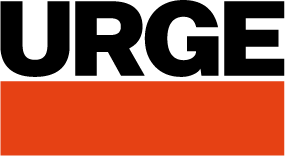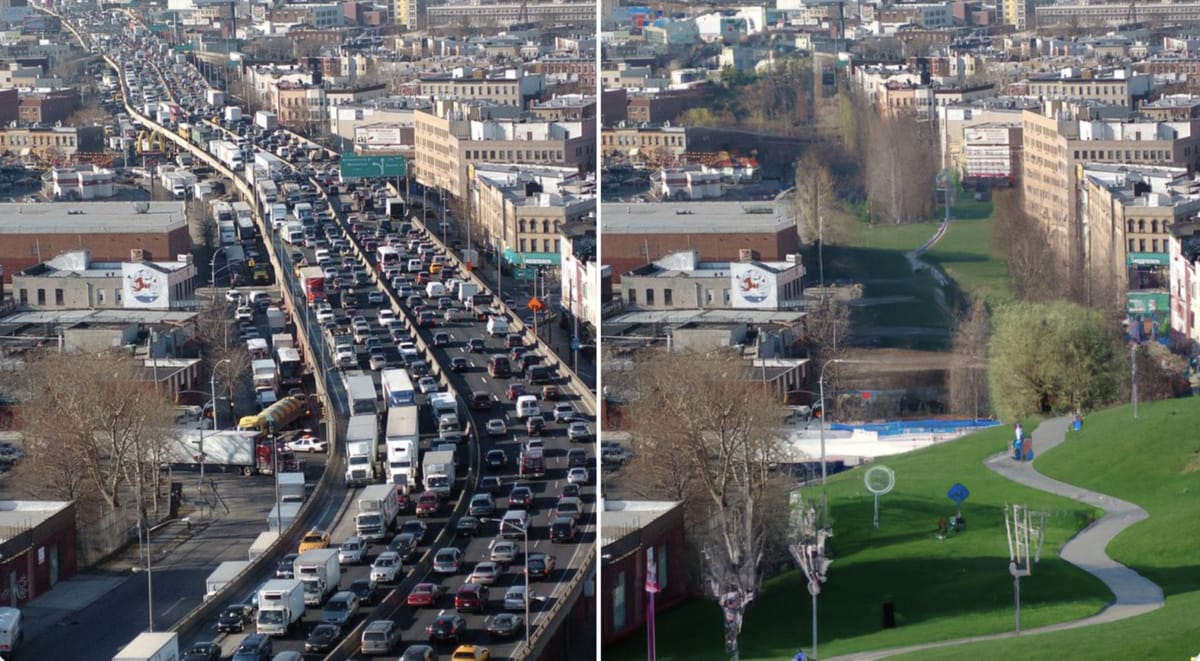
Brooklyn-based artist Zach Katz has been using the DALL-E2 AI system to reimagine cities as friendlier spaces for pedestrians and bikes and generate support for change. He began the project by asking DALL-E to reimagine his own traffic-clogged block in Brooklyn as a “strikingly beautiful cobblestone European pedestrian promenade, with an ornate stone water fountain and children playing.” Katz posted the result on Twitter along with many more examples of how cities could be transformed, showing before and after pictures. “It blew up,” reports Bloomberg. “He now has a backlog of hundreds of requests coming from all over the world, from Thailand to Canada, asking him to redesign streets with the AI. 'Visualizing things is the most powerful way to effect change,” Katz said. “Before, to make renders of a street, it’d cost hundreds if not thousands of dollars and take days or weeks to produce.’” Katz hopes that his work might inspire activists and policymakers alike and spark change at the local level. More here
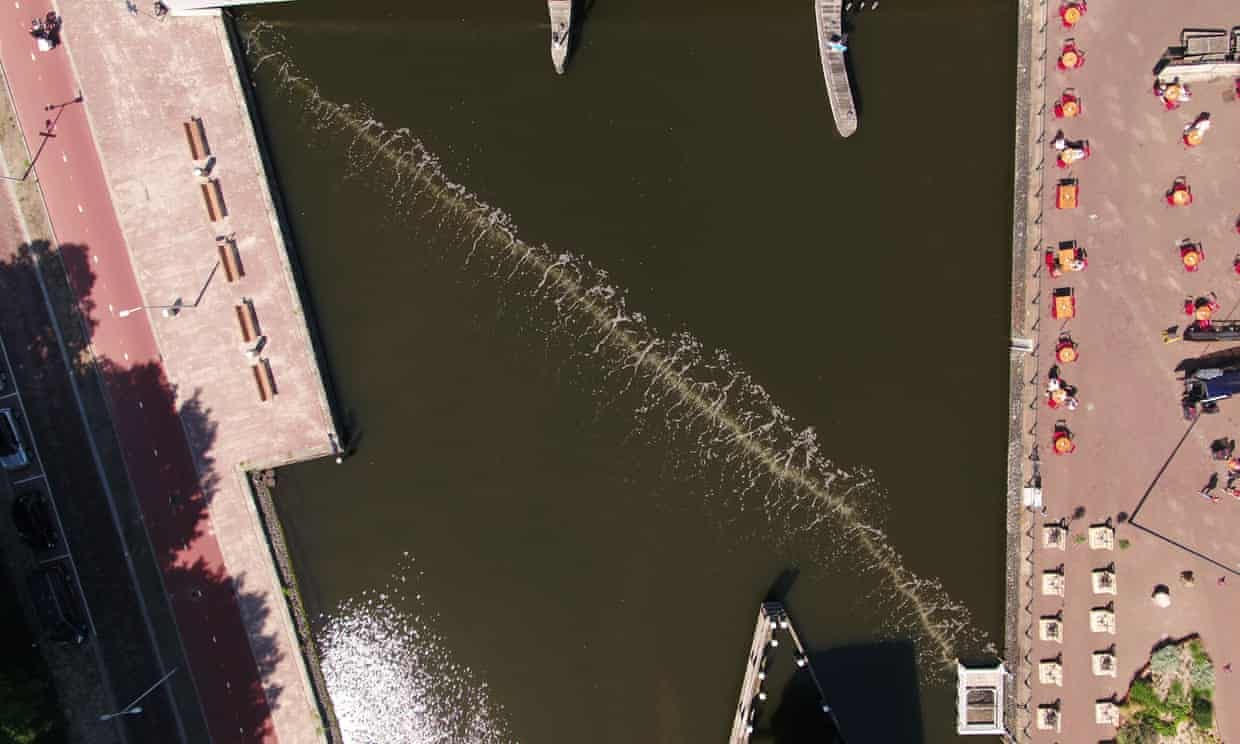
The Guardian reports on the apparent success of the world’s first river ‘Bubble Barrier’ – “an experimental concept where a 120-metre stream of rising bubbles, plus the water current, pushes plastic waste to one side in order to be collected”. “We place a perforated tube on the bottom of the waterway, at an angle, and then pump through compressed air: the rising air bubbles create an upward current that will lift plastic from the water column to the surface, and then at the surface – together with the flow of the river – it is all pushed to one side,” explains Philip Ehrhorn, the chief technology officer at the Dutch startup The Great Bubble Barrier. More here
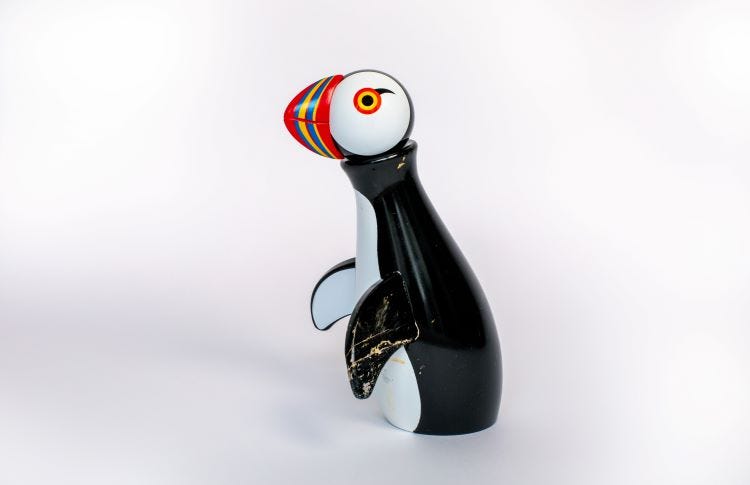
The V&A has announced its programme for the 20th year of the London Design Festival (LDF), which includes a 3D-printed sculpture made from marine plastic waste, an animated film by Design Earth which seeks to address the reality of life and death in the context of the climate emergency and the sixth mass extinction, and R for Repair: London x Singapore in which members of the public from London and Singapore were invited to hand over cherished, broken objects and explain their meaning, which were then passed on to designers for restoration. A wider aim of the exhibition is to encourage global waste reduction by demonstrating that things can be given a longer lifespan with a little creative effort, reports Design Week. More here
McKinsey Quarterly looks at “how eight industries may transition to a net-zero world, and how organizations can respond with green businesses that create value along the way” in a piece of interactive analysis which presents timelines for each one. “Starting with actual figures from 2020, the timeline paints a futuristic picture of each sector’s potential progression to a net-zero world, as well as an aggregate, birds-eye view of the 2050 net-zero scenario in five-year increments”. See it here
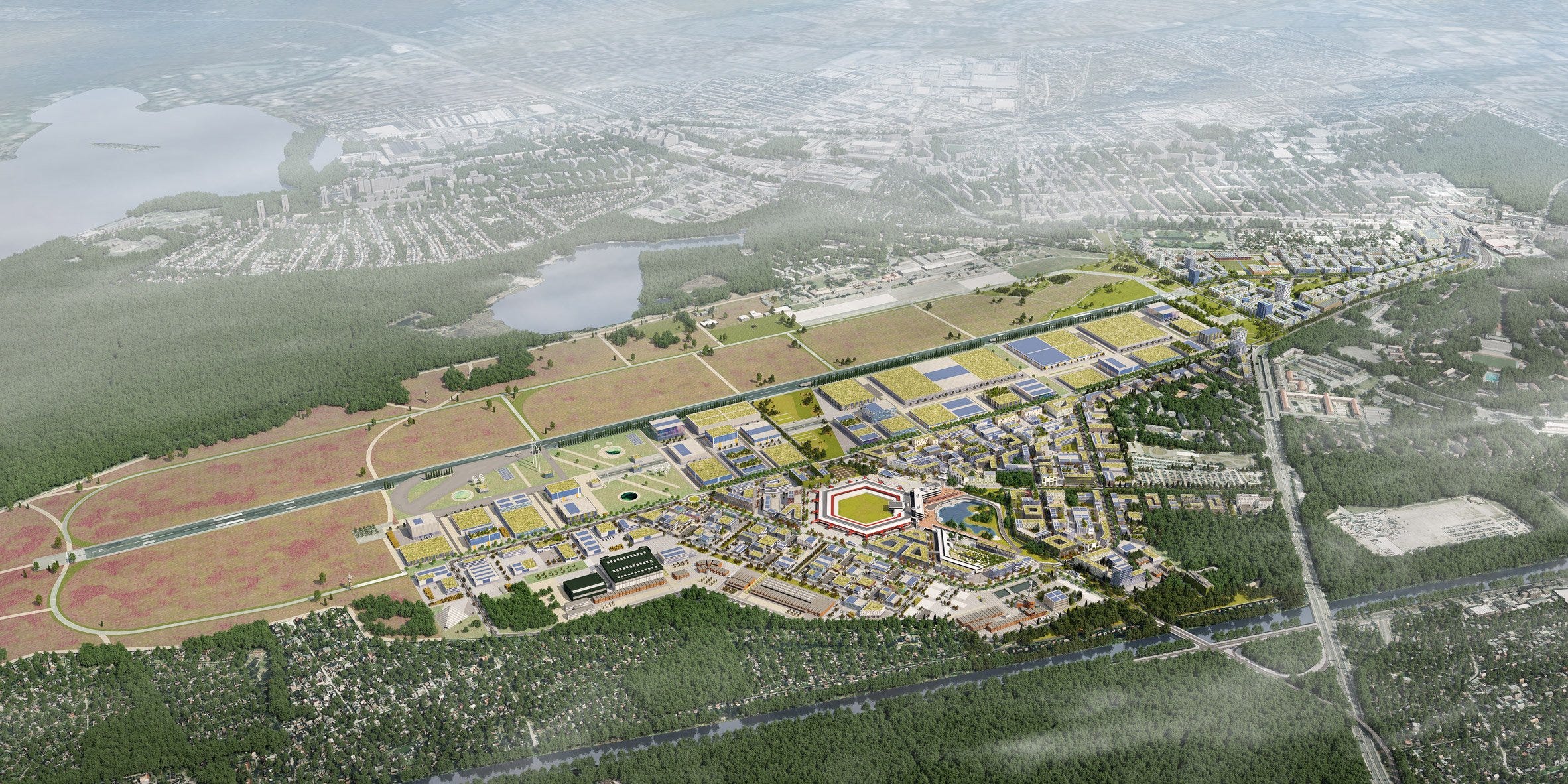
Berlin is to redevelop the site of the former Tegel Airport into a car-free housing and technology district. Berlin TXL will include a research park, landscaped area and Schumacher Quartier – a car-free residential district that will house up to 10,000 people, reports Dezeen. The aim is to provide a sustainable model for modern urban cities that face a housing crisis. More here
